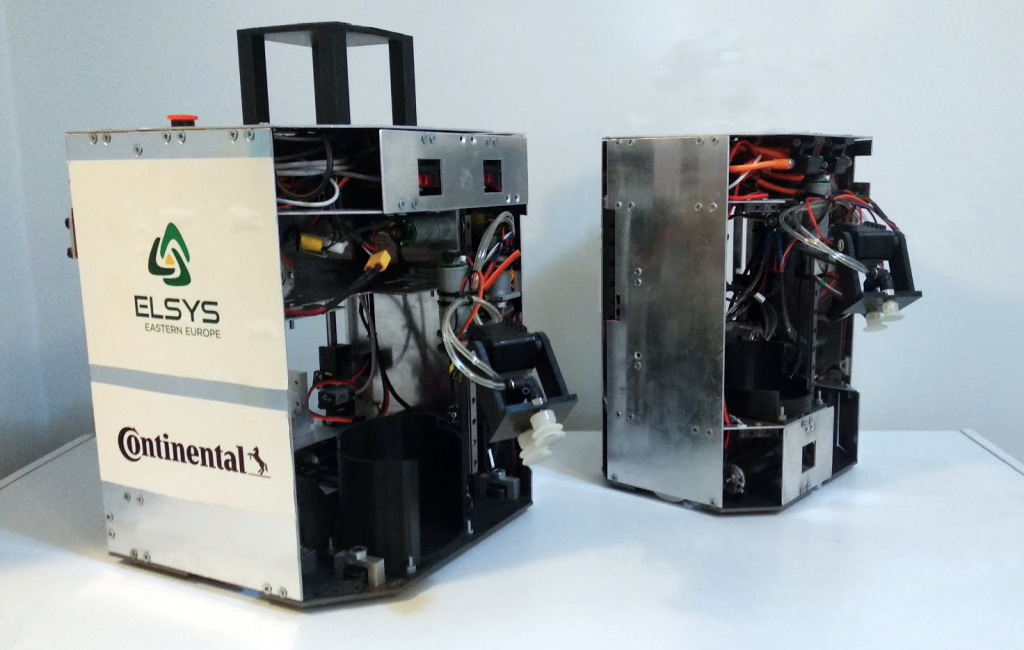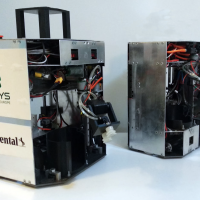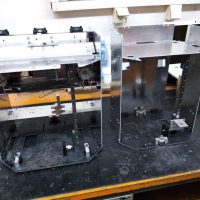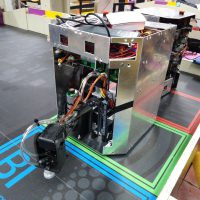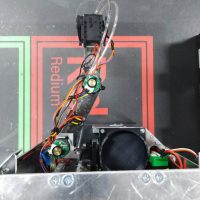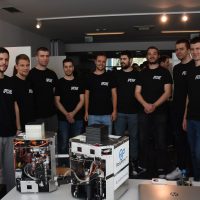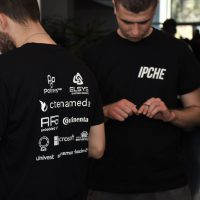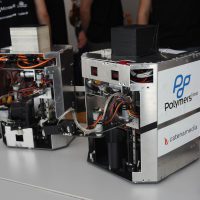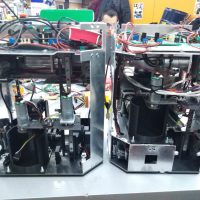1. How did it all start? What was the initial spark that made you say: “Let’s try to make the best solution”?

EUROBOT
It all started in 2017 when we formed a team in order to prepare for the upcoming Eurobot 2018. Up until then we never worked on a project of this scale and we were eager to apply all the knowledge we gathered from the past years of studies. We felt it’s natural to participate in Eurobot once more.
2. Tell us a little bit more about your project?
It all started in 2017 when we formed a team in order to prepare for the upcoming Eurobot 2018. Up until then we never worked on a project of this scale and we were eager to apply all the knowledge we gathered from the past years of studies. We felt it’s natural to participate in Eurobot once more.
3. Was it hard to form the team? How many members do you have? How have you organized the workflow between you? Simply put, introduce us to your world
Forming the team wasn’t hard at all, as we all previously worked on some other smaller projects together. In the meantime, we’ve had some members come and go, but currently our team is composed of 12 members. Work is split into three major groups: mechanical, electrical and software development, but all major decisions were made as a team.
4. Teamwork brings increased productivity, but also some tough moments. Can you single out a few moments you would never forget?
It’s hard to single out just a few, since this project spanned for a better part of a year. Our favorite moment has to be when we saw the robot move for the first time, and then the first time we witnessed the robot execute all of the tasks perfectly. There were also some frustrating moments, such as spending almost two full weeks trying to figure out why the newly arrived boards weren’t working. It turned out to be just a single component we forgot to solder on.
During the first few matches we experienced major difficulties with our smaller robot
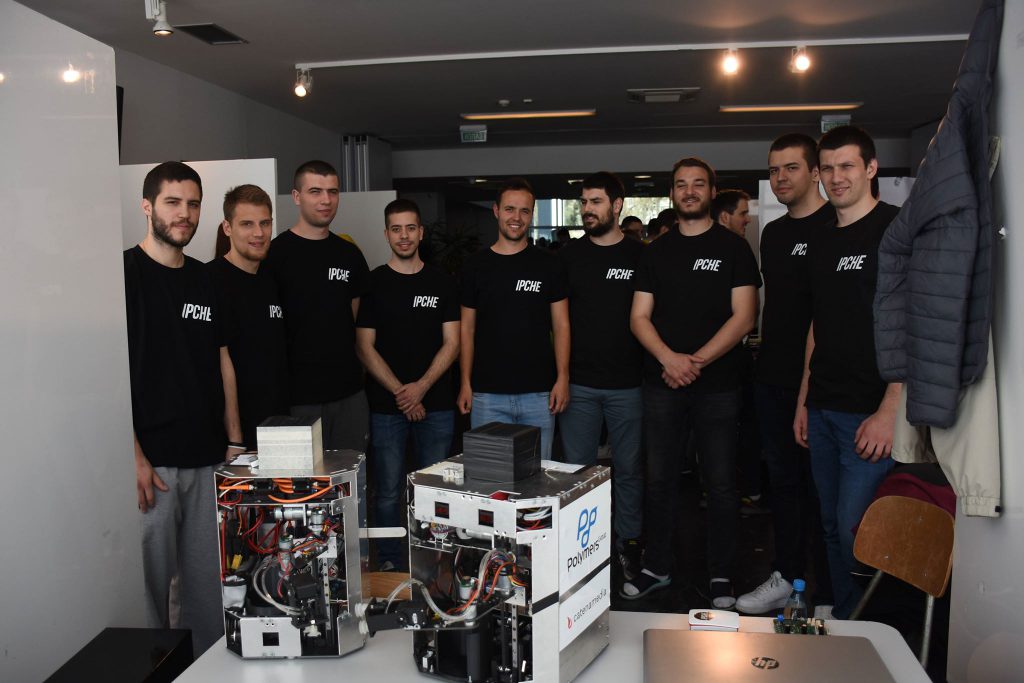
5. Have you encountered some hurdles on the way to (semi-finals/ finals)? And how did you overcome them?
During the first few matches we experienced major difficulties with our smaller robot where it would spontaneously reboot every once in a while which resulted in us running only one robot in the second match. We have quickly diagnosed the problem to a faulty power supply and we managed to fix it before the third match, but as our luck would have it, due to a collision with the opposing robot, we have lost a motor in that same robot, rendering it useless for all further matches, ultimately costing us the opportunity to participate in the semi-finals.
6. Tournament – work presentations – experienced team of judges – all eyes on you and your solution. What does it feel like? What goes through your mind?
Beginning of the competition marks the start of a very exciting, but also very stressful period. If it all goes as planned, there is no stress, but that is never the case, and the time between matches is short, so there is little time to fix the things that went wrong.
When the time comes for your team to go on the playing field, there is only a few minutes to set up your robots, and you must not forget anything.
When the judge finishes the countdown, you pull the chord which starts the robots, and you spend the next one hundred seconds watching your robots and hoping that everything goes as planned.
During the first few matches we experienced major difficulties with our smaller robot

7. What are some of the final preparations you made for the competition?
Preparation started soon after the end of last years’ Eurobot, where we did some work on improving the general platform, but has really picked up the pace somewhere around October, when the official rules came out. Since then we worked non-stop on the robots until the competition itself, having finally tested the robots only hours before the event.
8. What piece of advice would you give to your younger fellow colleagues?
First and foremost, time is of the essence, so the most valuable advice we can give is to start the development as early as possible. Having your robots running earlier gives you a greater chance of catching all the small bugs and errors, greatly improving your result later on. This was usually not the situation in the last couple of years, but we’ve seen a couple of our domestic teams break this old habit, resulting in much better scores. And also don’t be afraid of failure. Regardless of your place on the scoreboard, you will, in no doubt, have a great experience and learn something new.
9. Where can we follow your journey & cheer for you? Is there something more you wish to add?


